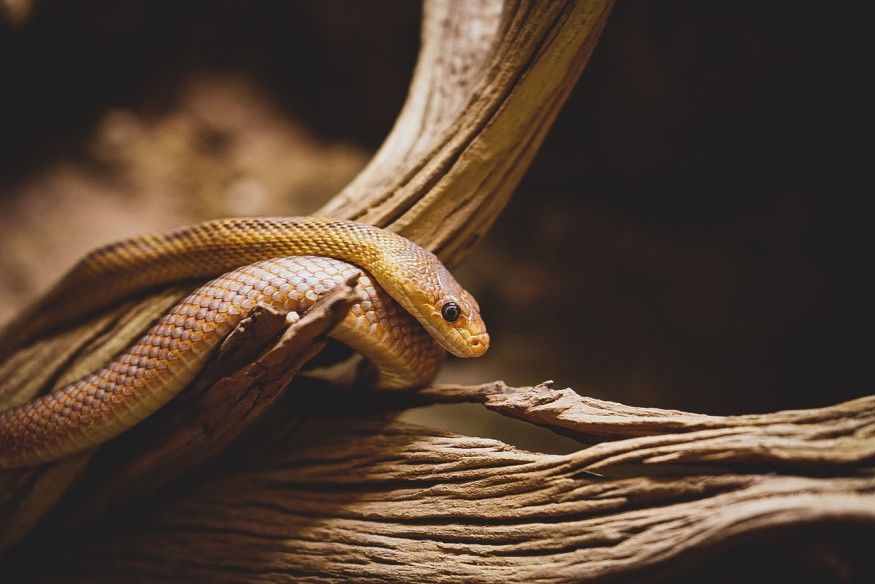The Rim Rock crowned snake (Tantilla oolitica) is one of North America's rarest snakes, and seeing them usually excites experts. However, they were not expecting to find a dead one in Florida after having choked on a giant centipede.
The snake was found in the John Pennekamp Coral Reef State Park in Key Largo and the Florida Museum of Natural History said in a press release that it was the first time the snake was seen after four years. The giant centipede was locked halfway through the snake's mouth, which likely caused its death.
Finding Out Rim Rock Crowned Snake's Diet For the First Time
A hiker found the dead snake and immediately alerted the park staff. Scientists then brought the specimen to the Florida Museum, where it was studied. The findings of the study titled "What Killed the Rarest Snake in North America?" were published on Sept. 4 in the journal Ecology.
Rim Rock crowned snake is endemic to southern Florida and is rarely seen. Before the recent discovery, scientists did not know the diet of these venomous snakes. However, similar species are known to eat centipedes. It was the first time scientists saw Rim Rock crowned snake eating the arthropod.
Florida Museum's herpetology collection manager Coleman Sheehy, who is also the co-author of the study, said in the press release that the photos of the snake with its last meal were amazing since it is extremely rare to find such specimens. He added that it was something that he would never have predicted finding.

What Caused the Snake's Death?
According to Newsweek, the team performed an autopsy and found that the venomous pinchers of the centipede had wounded the snake on the side, leading to internal bleeding.
But scientists said that snakes, known as centipede-eaters, are immune to their prey's venom, so it is unlikely that the Rim Rock crowned snake died because of the centipede's venom.
They believe that the size of the centipede could have choked the snake, eventually killing it. Many snakes can swallow their preys that are larger than them without suffocating because of their flexible jaws that allow them to wrap their mouth around their victim. However, snakes could overestimate themselves.
Researchers said the study gives a glimpse into the rare species, which is not well-studied since they are rarely seen. The species was even believed to be on the verge of extinction because they are rarely spotted. But with the discovery of the snake's carcass, there seems to be a remaining population of Rim Rock crowned snakes in Key Largo.
Sheehy said they could not say for sure that the rare snake is present in peninsular Florida, noting that the absence of evidence is not evidence. Although, there have been reports that their habitats have been destroyed.
Check out more news and information on Snakes in Science Times.
© 2026 ScienceTimes.com All rights reserved. Do not reproduce without permission. The window to the world of Science Times.












